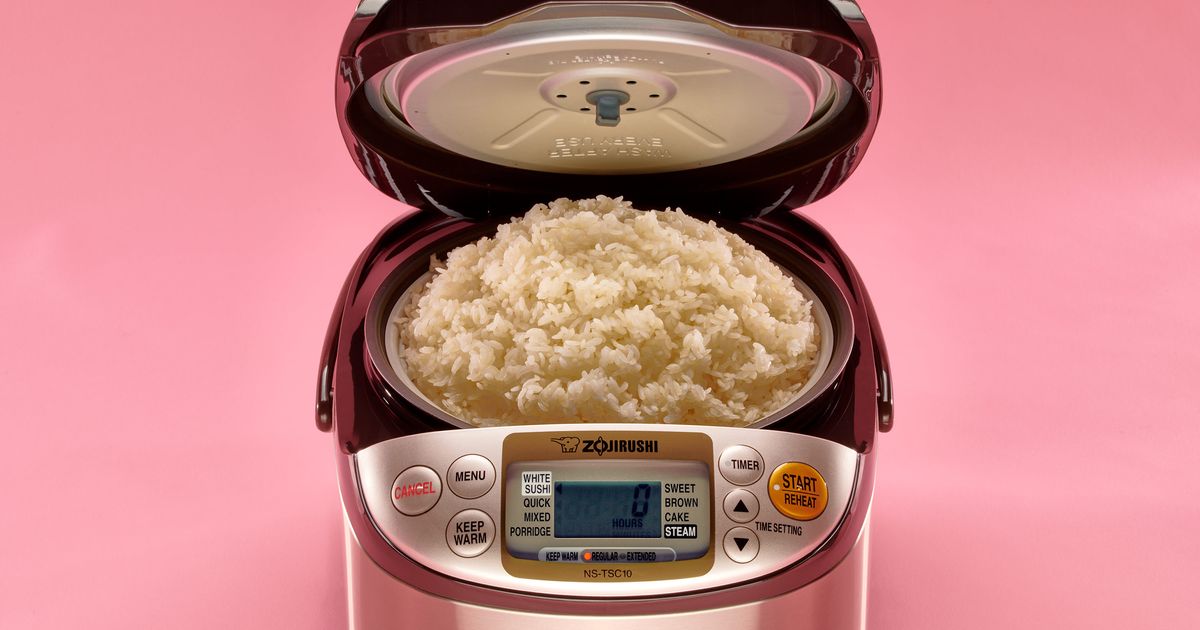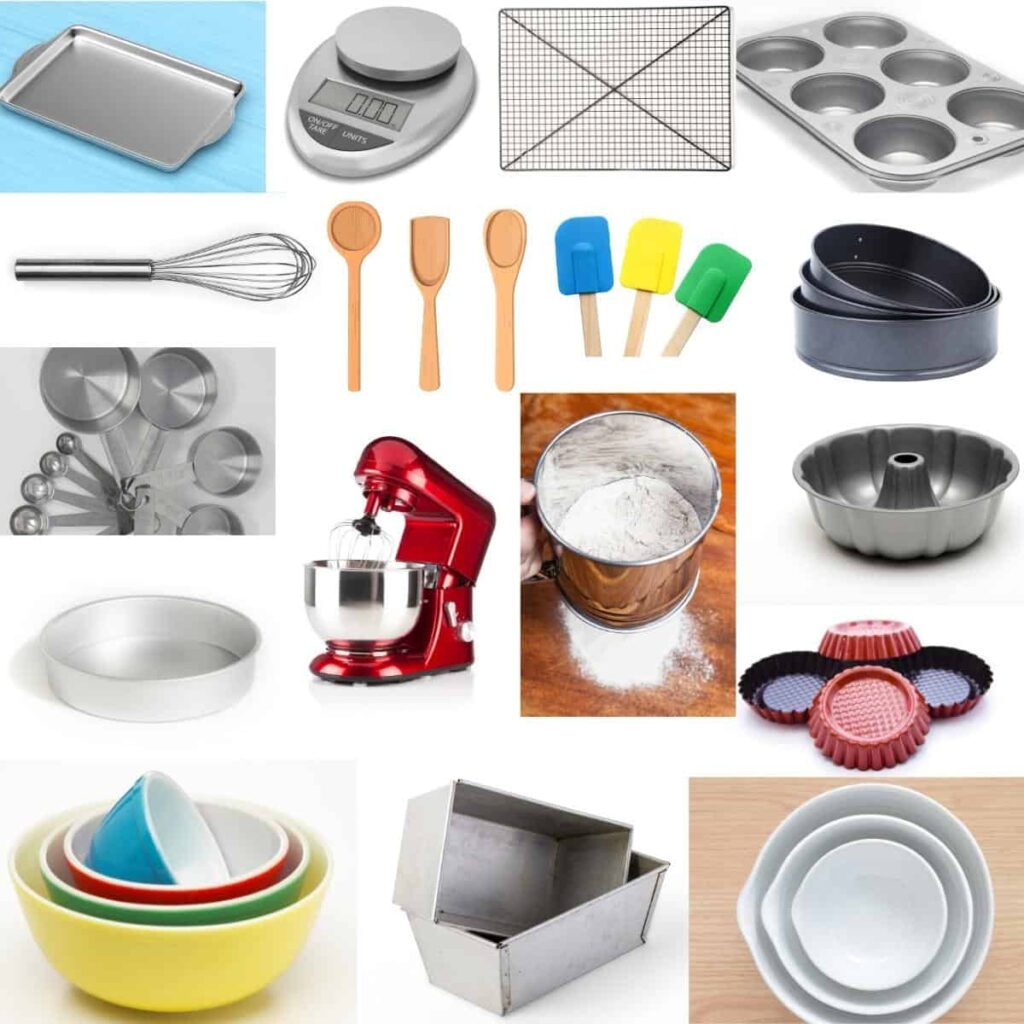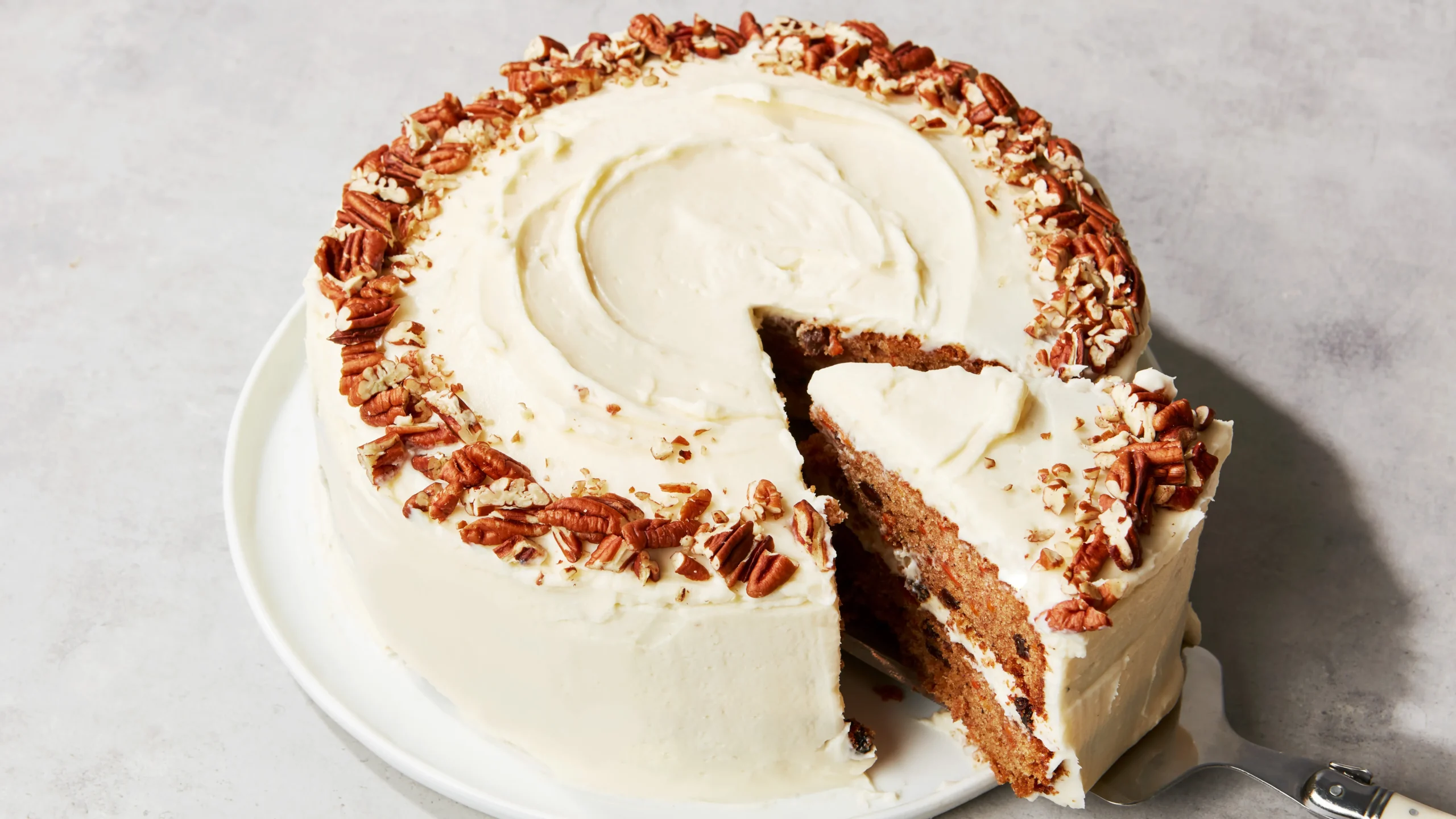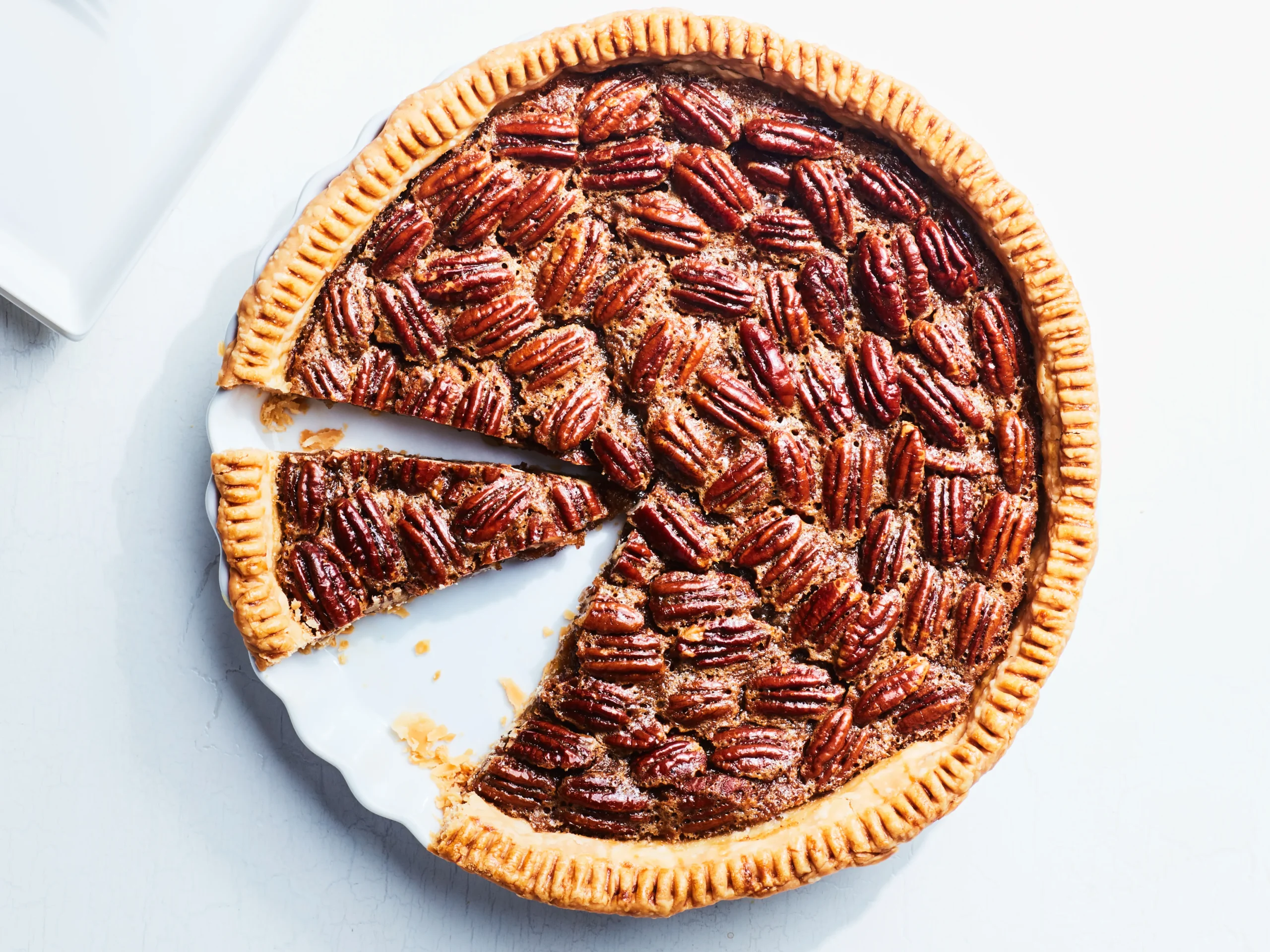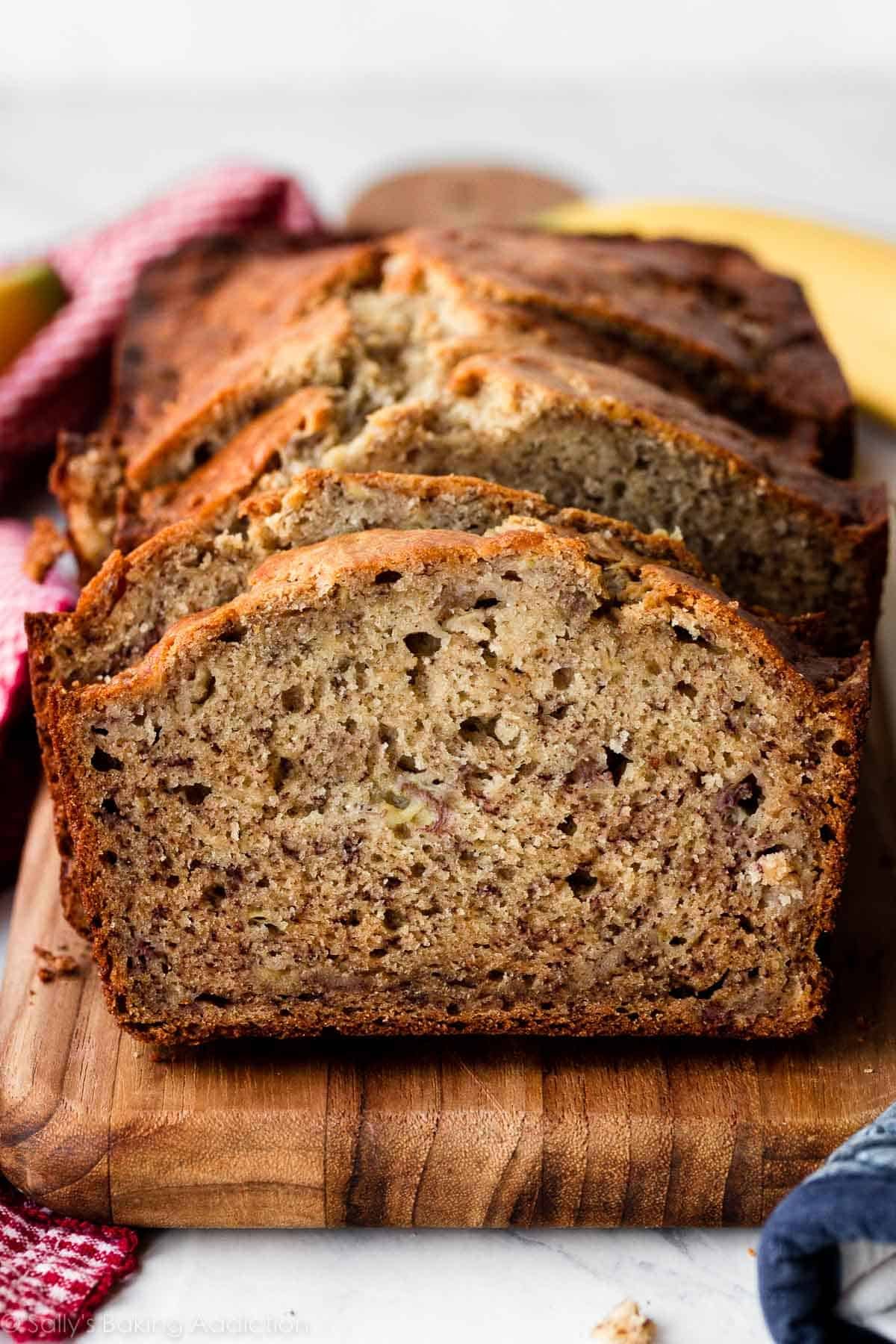A rice cooker is a kitchen appliance that automates the process of cooking rice. It simplifies the task of preparing rice by ensuring precise timing and optimal heat for a perfect batch every time.
With its user-friendly interface and convenient features, a rice cooker is a must-have for any household. Whether you are a novice cook or an experienced chef, this handy appliance will save you time and effort in the kitchen. In addition to being a rice cooking tool, some models also come with additional functions like steaming vegetables and making soups.
So, if you love rice and want a hassle-free way to cook it, a rice cooker is definitely worth considering.
Table of Contents
Why Investing In A Quality Rice Cooker Is Worth It
Investing in a quality rice cooker is a decision that can completely revolutionize the way you cook rice. Not only does it save you time and effort, but it consistently produces perfectly cooked rice and offers versatility in cooking different types of rice. Let’s dive deeper into these reasons why investing in a quality rice cooker is worth every penny.
Saves Time And Effort
Gone are the days of standing over a stovetop, anxiously waiting for the rice to cook perfectly. Quality rice cookers come equipped with advanced technology that ensures precise cooking times. You can simply press a button and let the appliance do all the work for you. Whether you’re cooking sticky rice, basmati rice, or wild rice, a good rice cooker will consistently deliver fluffy, evenly cooked grains each time.
Consistently Produces Perfectly Cooked Rice
One of the biggest advantages of investing in a quality rice cooker is the consistently perfect results it delivers. The appliance’s built-in sensors and advanced cooking technology ensure that the rice is cooked to perfection, with just the right amount of moisture and tenderness. Forget about undercooked or overcooked rice – with a high-quality rice cooker, every grain will be perfectly cooked with just a push of a button.
Versatility In Cooking Different Types Of Rice
A quality rice cooker offers versatility that goes beyond just cooking plain white rice. Whether you’re in the mood for fragrant jasmine rice, nutty brown rice, or even sushi rice, a good rice cooker has the ability to adjust the cooking method and time to suit each type of rice. The appliance’s pre-programmed settings take the guesswork out of cooking, ensuring that each grain is cooked to perfection, regardless of the variety.
Investing in a quality rice cooker is not just about convenience; it’s about guaranteeing consistently delicious results. Say goodbye to undercooked, overcooked, or burnt rice. With a reliable rice cooker, you can enjoy perfectly cooked rice every single time. So why settle for mediocre rice when you can have excellence with just the touch of a button?
Understanding Different Types Of Rice Cookers
Rice cookers are a popular kitchen appliance, making it incredibly easy and convenient to cook fluffy rice perfectly every time. However, with so many options available on the market, it can be overwhelming to choose the right rice cooker for your needs. Understanding the different types of rice cookers can help you make an informed decision and ensure that you have the perfect appliance to suit your cooking style.
Traditional Rice Cookers
Traditional rice cookers are the most basic and common type of rice cooker. These cookers work by using a heating element within the appliance to provide heat to the inner pot. They typically have a single switch that activates the cooking process and automatically switches to the ‘keep warm’ mode once the rice is cooked. Traditional rice cookers are an affordable option for those seeking a simple and reliable way to cook rice.
Induction Heating Rice Cookers
Induction heating rice cookers are considered to be the premium option when it comes to rice cooking. These cookers utilize electromagnetic technology to heat the entire inner pot evenly. The result is perfectly cooked rice with a fluffy texture. Induction heating rice cookers often come with advanced features such as multiple cooking modes, customizable settings, and even the ability to cook different types of rice such as brown rice or sushi rice.
Micom Rice Cookers
Micom rice cookers, short for microcomputer rice cookers, are equipped with microcomputer technology that allows for precise temperature and cooking control. These cookers are designed to adjust the cooking time and temperature based on the type and quantity of rice being cooked. Micom rice cookers often come with additional features such as delay timers, reheating functions, and even options to steam vegetables or cook other grains alongside the rice.
Pressure Rice Cookers
Pressure rice cookers utilize the power of pressure to cook rice quickly and efficiently. These cookers come with a sealed lid that traps steam inside, increasing the temperature and pressure within the cooker. The higher pressure allows the rice to cook faster while retaining its moisture and nutrients. Pressure rice cookers are especially popular for cooking brown rice and other types of rice that require longer cooking times.
Key Features To Look For In A Rice Cooker
Are you tired of ending up with overcooked or undercooked rice every time you try to make it? A rice cooker can be a game-changer in your kitchen, ensuring perfectly cooked rice with minimal effort. However, not all rice cookers are created equal. In order to find the best one for your needs, it’s important to consider the key features that separate an ordinary rice cooker from an exceptional one.
Capacity And Size
One of the first things you should consider when choosing a rice cooker is its capacity. How much rice do you typically cook at once? Make sure to select a rice cooker that has a capacity suitable for your needs. Whether you’re cooking for yourself or feeding a large family, there are rice cookers available in various sizes to accommodate different quantities of rice. Be sure to check the capacity in terms of cups of cooked rice to ensure you’re selecting the right size.
Programmable Settings And Cooking Functions
Having programmable settings and cooking functions in a rice cooker can greatly enhance your culinary experience. Look for a rice cooker that offers multiple settings for different types of rice, such as white rice, brown rice, or sushi rice. These settings ensure that your rice cooks perfectly, achieving the desired texture and taste. Additionally, advanced rice cookers might have a delay timer that allows you to schedule the cooking process to start at a specific time, ensuring that you can have freshly cooked rice waiting for you when you need it.
Keep Warm Feature
The keep warm feature is essential to maintain the temperature and freshness of your rice after cooking. This feature automatically switches on once the rice is done cooking, keeping it warm until you’re ready to serve. It eliminates the need for reheating or worrying about the rice getting cold while you prepare other dishes. Be sure to select a rice cooker that has a reliable keep warm function, preferably one that keeps the rice warm for at least a few hours.
Easy-to-clean Design
No one enjoys the hassle of cleaning up after cooking, and that applies to rice cookers too. Look for a rice cooker with an easy-to-clean design that minimizes the effort required for maintenance. A non-stick inner pot is a great feature to have, as it prevents rice from sticking to the surface and makes cleaning a breeze. Additionally, a detachable inner lid and steam vent can also be helpful in ensuring all parts are easily accessible for thorough cleaning.

Credit: www.amazon.com
Tips For Using And Maintaining Your Rice Cooker
Using a rice cooker can greatly simplify the process of cooking rice, ensuring that it comes out fluffy and perfectly cooked every time. To make the most of your rice cooker and keep it in good condition for years to come, it’s important to follow a few key tips. In this article, we’ll explore some essential guidelines for using and maintaining your rice cooker, including measuring rice and water ratios, soaking the rice, adjusting cooking time and temperature for different types of rice, cleaning and maintenance tips, and proper storage to extend the lifespan of your appliance. Read on to discover how to get the best results from your rice cooker.
Measuring Rice And Water Ratios
One of the most critical factors for achieving perfectly cooked rice is getting the rice and water ratios right. As a general guideline, use a 1:1.5 ratio of rice to water for white rice. For example, if you’re cooking one cup of rice, add one and a half cups of water. However, this ratio may vary depending on the type of rice and personal preference. Some rice cookers come with measuring cups, which can be used to ensure accurate measurements. Additionally, you can adjust the water quantity slightly depending on whether you prefer your rice to be more firm or soft. Experiment with different ratios to find the perfect one for your taste.
Soaking The Rice
Soaking the rice before cooking can result in improved texture and flavor. While it’s not always necessary, soaking the rice for at least 15 to 30 minutes can help remove excess starch and make the grains fluffier. This step is particularly recommended for short-grain rice varieties, like sushi rice. After soaking, drain the water and add the appropriate amount of fresh water according to the rice and water ratios discussed earlier.
Adjusting Cooking Time And Temperature For Different Types Of Rice
Each type of rice has its own unique characteristics, requiring adjustments in cooking time and temperature. While most rice cookers have default settings for white rice, brown rice, and sushi rice, it’s essential to familiarize yourself with the specific instructions for the type of rice you’re cooking. Brown rice typically requires a longer cooking time and slightly more water than white rice, while sushi rice may need a shorter cooking time and less water to achieve the desired stickiness. Refer to the packaging or consult reliable online sources for specific instructions on cooking different types of rice in your rice cooker.
Cleaning And Maintenance Tips
Maintaining a clean rice cooker not only promotes hygiene but also helps extend its lifespan. After each use, allow the cooker to cool before cleaning. Remove the inner cooking pot and wash it with warm soapy water. Be cautious not to immerse the heating element or base of the cooker in water. Wipe down the outer surface of the cooker to remove any spills or stains. Additionally, check for any rice or food debris that may have accumulated in the steam vent or other crevices and clean them thoroughly. Regular cleaning ensures that your rice cooker continues to function optimally.
Proper Storage To Prolong The Lifespan Of Your Rice Cooker
To ensure your rice cooker lasts for years, proper storage is essential. Once you’ve cleaned and dried the cooker, keep it in a dry and well-ventilated space. Avoid storing it in areas prone to excessive humidity, as this can lead to rust or damage over time. Store the cooker with its accessories, such as the measuring cup and rice paddle, in a clean and organized manner. Taking these simple steps can help maintain the quality and performance of your rice cooker, ensuring it remains a reliable kitchen companion.
Creative Recipes To Try With Your Rice Cooker
When it comes to versatility in the kitchen, a rice cooker is a game-changer. It’s not just for cooking perfect fluffy rice; it can also be used to prepare a variety of creative and delicious dishes. From one-pot meals to steamed vegetables, rice pudding to sushi rice, and even quinoa and other grains, your trusty rice cooker can do it all. In this post, we will explore some innovative recipes that you can try with your rice cooker, showcasing its incredible potential beyond just rice.
One-pot Meals
Imagine throwing all your ingredients into a single pot, pressing a button, and letting the rice cooker work its magic. With a rice cooker, you can easily whip up hearty and flavorful one-pot meals in no time. From savory soups to satisfying stews, the possibilities are endless. Here are a few ideas to get you started:
- Chicken and vegetable curry
- Beef and broccoli stir-fry
- Vegetable-packed quinoa pilaf
Steamed Vegetables
Steamed vegetables are not only nutritious but also incredibly easy to prepare using a rice cooker. The steam setting on your rice cooker allows you to retain the natural flavors and textures of the vegetables, resulting in perfectly cooked and vibrant dishes. Some popular vegetables to steam in your rice cooker include:
- Broccoli florets
- Carrot sticks
- Green beans
- Cauliflower
- Asparagus spears
Rice Pudding
Who said your rice cooker is only meant for savory dishes? Tap into its dessert-making potential by creating creamy and indulgent rice pudding. The consistent heat and gentle cooking process of the rice cooker ensure that your pudding turns out perfectly every time. Here’s a simple recipe to satisfy your sweet tooth:
- Combine 1 cup of rinsed rice, 2 cups of milk, 1/4 cup of sugar, and a pinch of salt in your rice cooker.
- Stir well and cook on the “porridge” or “sweet” setting.
- Once cooked, let it sit for a few minutes before serving.
- Sprinkle with cinnamon or add your favorite toppings, such as fresh fruits or nuts.
Sushi Rice
Love sushi? With your rice cooker, you can effortlessly make perfectly seasoned sushi rice. Follow these steps to enjoy homemade sushi anytime:
- Rinse 2 cups of sushi rice until the water runs clear.
- Add the rinsed rice to your rice cooker, along with 2 cups of water and 4 tablespoons of rice vinegar.
- Let the rice cooker do its job and give it a gentle stir once cooked.
- Spread the cooked rice onto a tray or a sushi mat to cool while seasoning with a mixture of sugar and salt.
- Your sushi rice is now ready to be used for your favorite sushi rolls!
Quinoa And Other Grains
Looking to add more variety to your grain intake? Your rice cooker can help you cook quinoa and a range of other grains with minimal effort. Here’s how:
- Rinse the quinoa or grains of your choice to remove any bitterness.
- Add them to your rice cooker with the appropriate ratio of water or broth.
- Close the lid, select the appropriate cooking setting, and let it cook until the grains are tender and fluffy.
- Fluff the cooked quinoa or grains with a fork and enjoy as a side dish, salad base, or even in delicious grain bowls!
Frequently Asked Questions Of Rice Cooker
How Does A Rice Cooker Work?
A rice cooker works by using automated heating and timing settings to cook rice perfectly. The cooker heats up the water to boiling point, then senses when the rice has absorbed all the water and switches to a keep warm mode.
Can I Use A Rice Cooker For Other Foods?
Yes, you can use a rice cooker to cook other foods like quinoa, oatmeal, and even steamed vegetables. Just adjust the cooking settings and water ratio accordingly.
How Long Does It Take To Cook Rice In A Rice Cooker?
The exact cooking time depends on the type of rice and the quantity, but most rice cookers can cook rice in 20-30 minutes. Some models also have a quick cook option that can cook rice in as little as 10 minutes.
How Much Rice Can I Cook In A Rice Cooker?
The capacity of rice cookers varies, but most models can cook anywhere from 1 to 6 cups of uncooked rice. Make sure to check the capacity of your specific rice cooker before cooking.
Conclusion
To wrap up, owning a rice cooker has proven to be a game-changer in the kitchen. With its convenience, efficiency, and versatility, it has made cooking rice hassle-free for many households. The automated features, precise cooking settings, and even additional functions have revolutionized the way we prepare rice dishes.
Whether you’re a novice cook or a seasoned chef, investing in a rice cooker is a smart decision for enhancing your culinary experience. So, why wait? Get your hands on a rice cooker and elevate your cooking game today!
